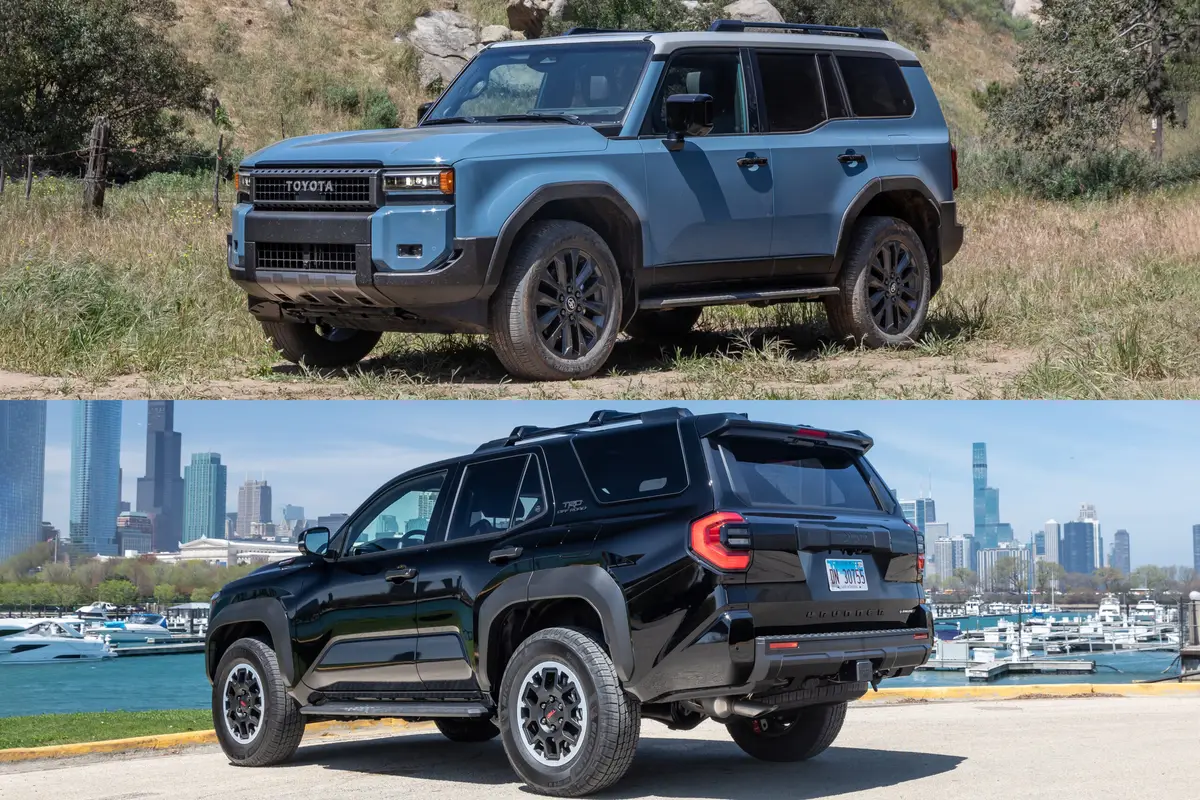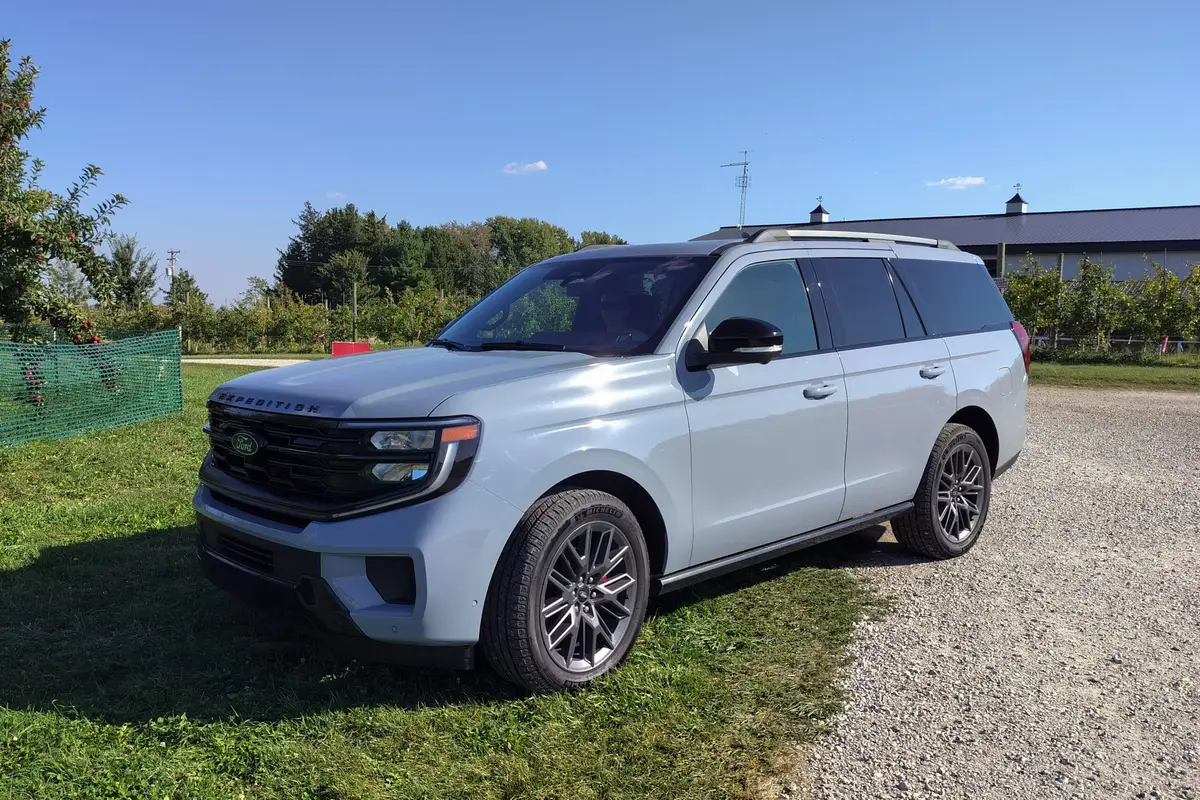Head to Head: Ford Sport Trac vs. Chevy Avalanche Part 1

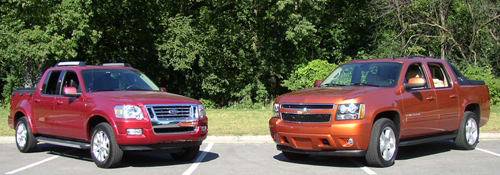
It’s not often we get two competing vehicles at the same time. It’s downright rare when they’re both all-new — as was the case this week, when we had the opportunity to pilot both a 2007 Ford Explorer Sport Trac and a 2007 Chevrolet Avalanche. Both trucks have four doors, a V-8 engine and a pickup bed, and both were redesigned for 2007.
OK, it’s not a perfect setup. The Sport Trac is significantly smaller and starts at $24,245; our four-wheel-drive Limited tester tilted the scales at a little more than $35,000. That’s near the starting price of the four-wheel-drive Avalanche LT; a bevy of options — including the swanky LTZ equipment group — drove our Avalanche tester’s sticker to $47,730. But given the right mix of options, the Ford and the Chevy have plenty of price overlap, so we think there may be a cross-shopper or two out there.
Staffers Mike Hanley and Kelsey Mays spent considerable time in both trucks, and offer some initial impressions here. Look for full reviews of each of these trucks in the near future.
Performance
Kelsey: Two V-8 trucks, yet distinctly different driving dynamics. Ford has the smaller engine — a 4.6-liter — but it’s coupled with a modern six-speed automatic. There’s an occasional hiccup shifting in low gears around town, but the Sport Trac’s highway performance feels much swifter than the Avalanche’s. Throttle response is immediate, and the six-speed isn’t afraid to kick you down a gear or two. Compare that to the Avalanche’s 5.3-liter V-8, which can hustle in a pinch but needs a good stab on the gas to do so. GM’s trusty four-speed automatic offers smooth shifts, but it simply cannot match the immediacy of Ford’s hardware.
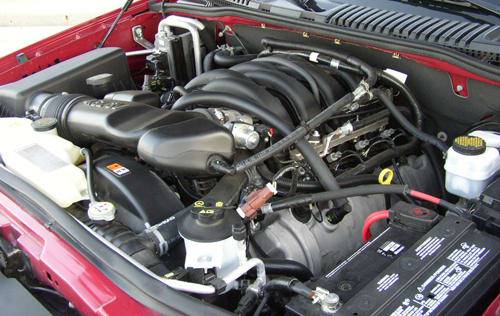
Mike: Hiccup, what hiccup? Ford’s six-speed automatic works superbly with the V-8. Maybe it was those sodas I saw you pounding down while driving. Even though these trucks have powerful V-8 engines, they’re burdened by hefty curb weights, and their performance and fuel economy reflect that fact. In spite of their size, though, they are quite maneuverable. The Avalanche has a slight edge because it can have a rearview camera, while the Sport Trac is only available with rear parking sensors.
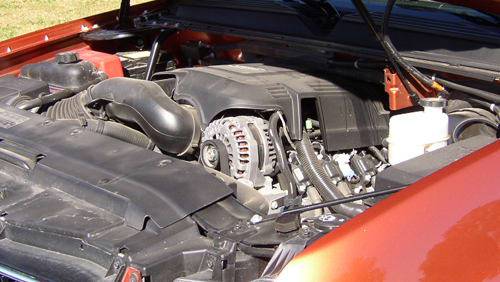
Kelsey: Yes, a hiccup. Pull a rolling stop and give the Sport Trac some gas, and the transmission stumbles between second or first gear, ultimately making its choice a half-second late. The Avalanche, meanwhile, obstinately sticks to a higher gear and … slowly … pulls you back up to speed.
The Sport Trac has a tighter ride, but it quickly loses composure over rough spots. The Avalanche seems more collected, presumably thanks to its optional AutoRide continuously damping suspension. I wouldn’t recommend tossing either truck into a tight bend at speed — they are trucks, after all — and neither one has particularly strong brakes.
Stay tuned for the second and third installments of this head to head comparison.

Former managing editor David Thomas has a thing for wagons and owns a 2010 Subaru Outback and a 2005 Volkswagen Passat wagon.
Featured stories
